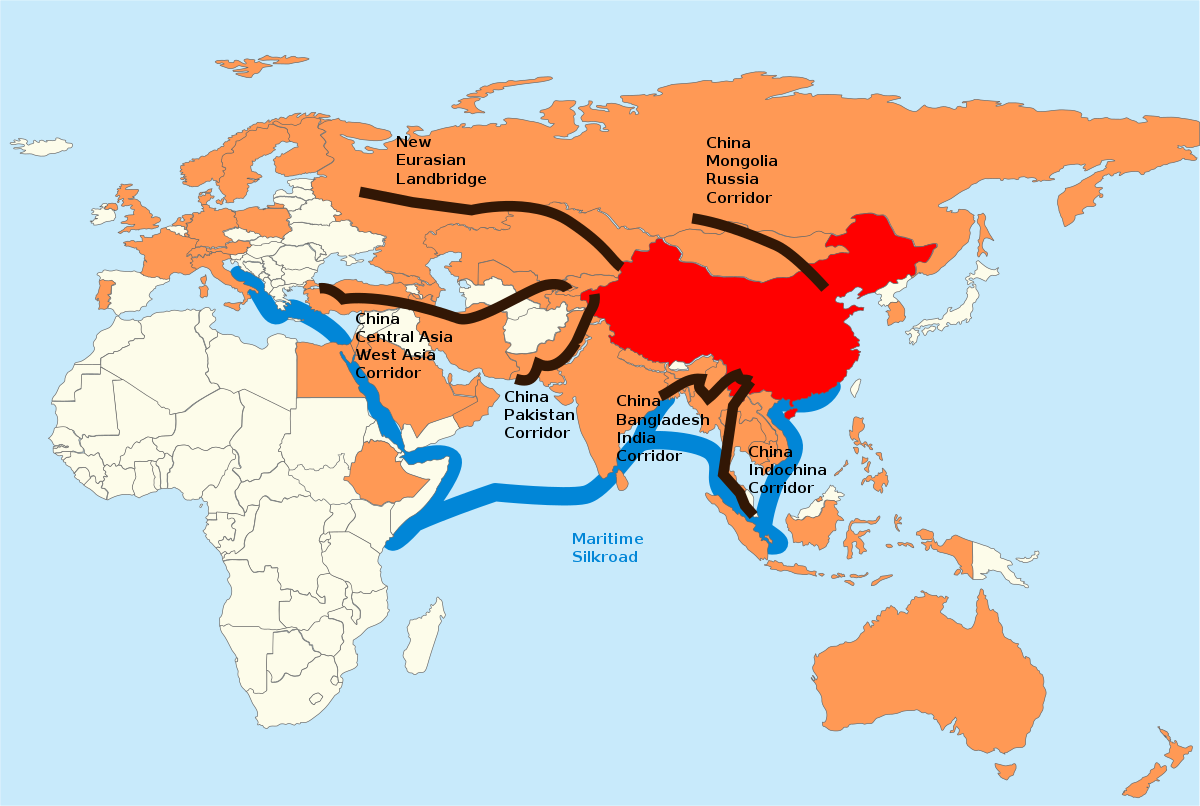Q.7 Examine China Strategic Vision behind ‘The Belt and Road Initiative (BRI)’, also known as the One Belt One Road (OBOR) 2019

The Belt and Road Initiative (BRI), also known as the One Belt One Road (OBOR), is a large-scale infrastructure and development project launched by China in 2013. The project aims to promote economic integration and connectivity across Asia, Europe, and Africa through a network of railways, highways, ports, and other infrastructure projects.
The strategic vision behind the BRI is multifaceted and has both economic and geopolitical dimensions. On the economic front, China sees the BRI as a way to promote its own economic growth and development by investing in infrastructure projects that will increase connectivity and trade with other countries. By investing in projects such as ports, railways, and highways, China aims to increase the efficiency of transportation and trade across the region, which will benefit Chinese businesses and industries by providing new markets and supply chains for goods and services.
At the same time, China sees the BRI as a way to promote economic development and integration in other countries, particularly those in the developing world. By investing in infrastructure projects in other countries, China aims to create new markets for Chinese goods and services, while also providing much-needed infrastructure and development support to countries that may have difficulty financing such projects on their own. By promoting economic development in other countries, China also hopes to create new opportunities for its own businesses and industries to expand and grow.
On the geopolitical front, the BRI is seen as a way for China to expand its influence and strategic reach across the region. By investing in infrastructure projects in other countries, China aims to build closer relationships with governments and other stakeholders in those countries, which will give China greater influence and leverage in regional affairs. By increasing connectivity and trade across the region, China also hopes to promote greater regional stability and reduce tensions between countries.
Critics of the BRI have raised concerns about the potential environmental and social impacts of the project, as well as the risk of debt trap diplomacy, in which countries become indebted to China and are forced to make political concessions in exchange for debt relief. However, China has stated that the BRI is an open and inclusive project that welcomes participation from all countries, and that it is committed to addressing the concerns of stakeholders and ensuring that the project is environmentally and socially sustainable.
Overall, the strategic vision behind the BRI is to promote economic integration and development across the region, while also expanding China’s influence and strategic reach. While there are concerns about the potential risks and challenges associated with the project, the BRI represents a significant effort by China to promote economic and geopolitical stability and cooperation across the region.